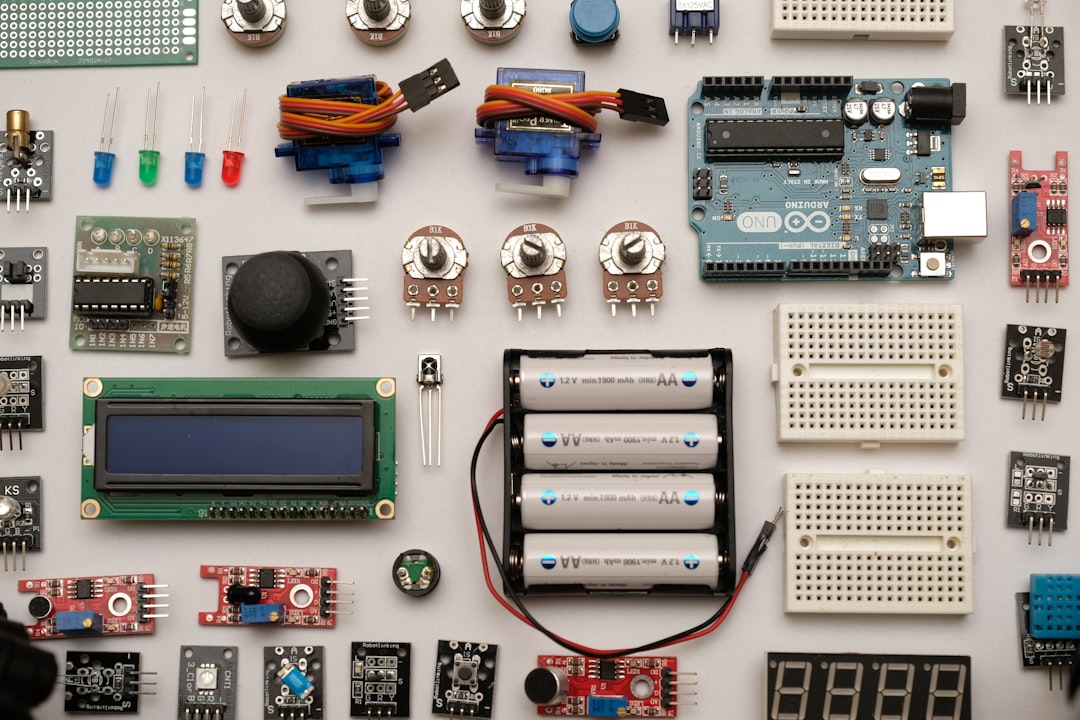What is it about?
The robotic airship is a unique and promising light-than-air platform, which has attracted worldwide developing interests for its broad applications. This article addresses the control problem of trajectory tracking for robotic airships. A neural network fuzzy sliding mode controller is proposed to steer a robotic airship along a referenced trajectory precisely. First, the dynamics model of a robotic airship is presented, and the problem of trajectory tracking is formulated. Second, a sliding mode controller is designed to track a time-varying trajectory. The neural network is employed to approximate the uncertain model of the airship, with the tracking error and its derivatives and the trajectory and its derivatives as neural network inputs and the approximation of the uncertain model as neural network output. And a fuzzy logic system is adopted to reduce the chattering results from the sliding mode controller. The control gains are tuned synchronously with the sliding surface according to fuzzy rules, with switching sliding surface as fuzzy logic inputs and control gains as fuzzy logic outputs. The stability and convergence of the closed-loop controller are proven using the Lyapunov stability theorem. Finally, the effectiveness and robustness of the proposed controller are demonstrated via simulation results. Contrasting simulation results indicate that the neural network fuzzy sliding mode controller reduces the chattering effectively and has better performance against the sliding mode controller.
Featured Image
Read the Original
This page is a summary of: Trajectory tracking for robotic airships using sliding mode control based on neural network approximation and fuzzy gain scheduling, Proceedings of the Institution of Mechanical Engineers Part I Journal of Systems and Control Engineering, December 2015, SAGE Publications,
DOI: 10.1177/0959651815617884.
You can read the full text:
Contributors
The following have contributed to this page










